David Gold
A Multiobjective Reinforcement Learning Framework for Microgrid Energy Management
Jul 17, 2023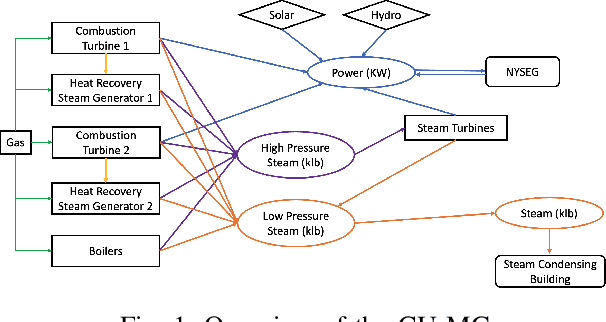
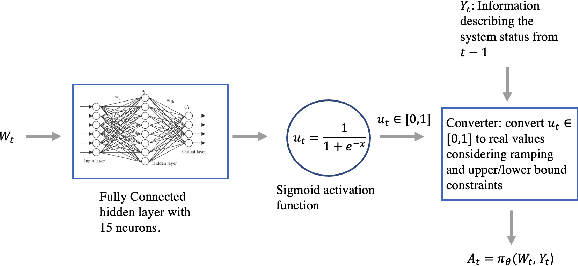
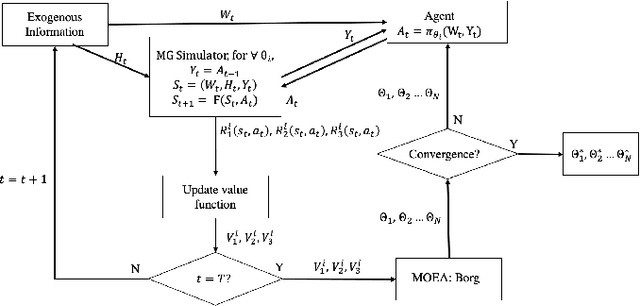
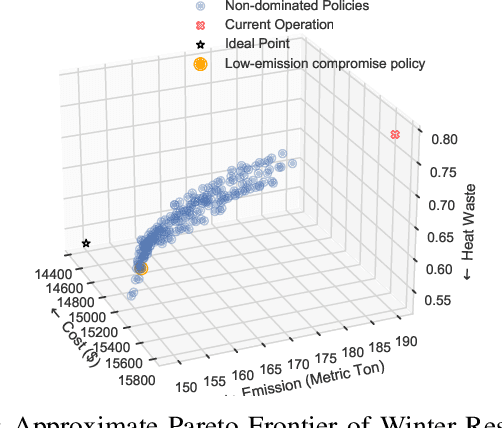
Abstract:The emergence of microgrids (MGs) has provided a promising solution for decarbonizing and decentralizing the power grid, mitigating the challenges posed by climate change. However, MG operations often involve considering multiple objectives that represent the interests of different stakeholders, leading to potentially complex conflicts. To tackle this issue, we propose a novel multi-objective reinforcement learning framework that explores the high-dimensional objective space and uncovers the tradeoffs between conflicting objectives. This framework leverages exogenous information and capitalizes on the data-driven nature of reinforcement learning, enabling the training of a parametric policy without the need for long-term forecasts or knowledge of the underlying uncertainty distribution. The trained policies exhibit diverse, adaptive, and coordinative behaviors with the added benefit of providing interpretable insights on the dynamics of their information use. We employ this framework on the Cornell University MG (CU-MG), which is a combined heat and power MG, to evaluate its effectiveness. The results demonstrate performance improvements in all objectives considered compared to the status quo operations and offer more flexibility in navigating complex operational tradeoffs.
Decadal Forecasts with ResDMD: a Residual DMD Neural Network
Jun 21, 2021

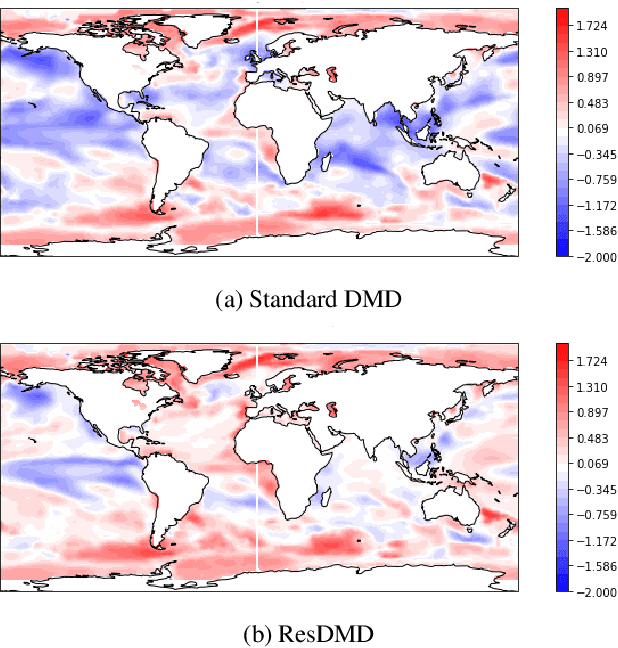

Abstract:Operational forecasting centers are investing in decadal (1-10 year) forecast systems to support long-term decision making for a more climate-resilient society. One method that has previously been employed is the Dynamic Mode Decomposition (DMD) algorithm - also known as the Linear Inverse Model - which fits linear dynamical models to data. While the DMD usually approximates non-linear terms in the true dynamics as a linear system with random noise, we investigate an extension to the DMD that explicitly represents the non-linear terms as a neural network. Our weight initialization allows the network to produce sensible results before training and then improve the prediction after training as data becomes available. In this short paper, we evaluate the proposed architecture for simulating global sea surface temperatures and compare the results with the standard DMD and seasonal forecasts produced by the state-of-the-art dynamical model, CFSv2.
 Add to Chrome
Add to Chrome Add to Firefox
Add to Firefox Add to Edge
Add to Edge